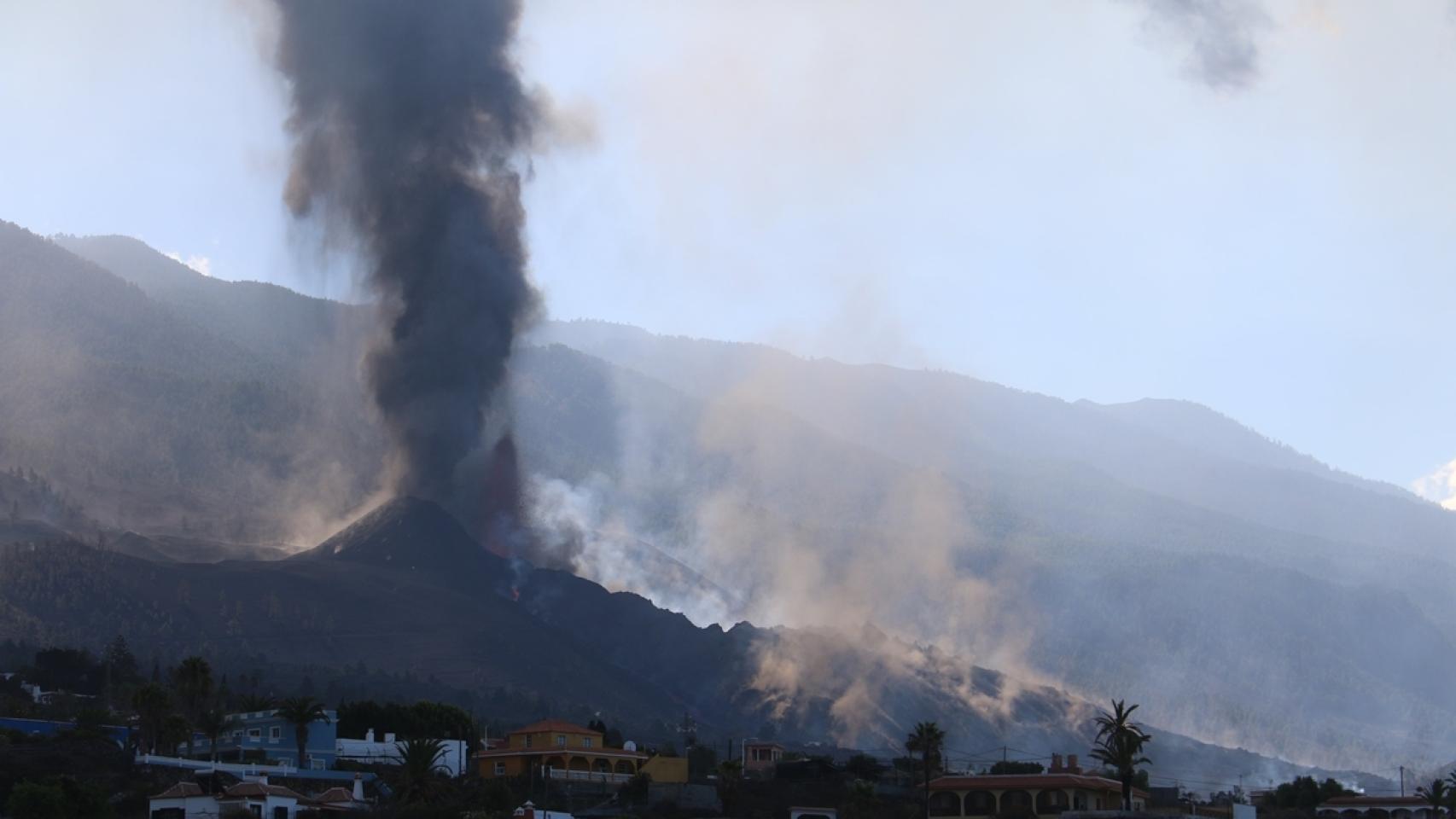The cone of the La Palma volcano has broken and leaves “a huge wash” in the direction of the sea, as has been confirmed by the Geological and Mining Institute of Spain (IGME) thanks to the images of the drones.
The geologist Carlos Lorenzo has reported in a video broadcast on social networks that the images perfectly show that the cone is broken.
“It has broken in the southwest part, and leaves a huge stream of very large blocks moving down the slope towards the sea,” explained the geologist while addressing the meeting of the steering committee of the Canary Islands Volcanic Emergency Plan (Pevolca ).
This announcement by the Geological and Mining Institute of Spain-CSIC comes shortly after the Volcanological Institute of the Canary Islands (Involcan) announced that a new broadcast source had been opened from its Twitter account.
The emission focus is located further west of the main focus, says the scientific body, dependent on the Cabildo de Tenerife.
This focus is in addition to the two new eruptive mouths that opened on Friday, which forced the evacuation of residents who still remained in three of the most threatened areas.
The volcano has been active since September 19 and has so far forced the evacuation of some 6,000 people, after destroying homes, crops and infrastructure.
The steering committee of the Special Plan for Civil Protection and Attention to Emergencies due to Volcanic Risk (Pevolca) is meeting to analyze the evolution of the eruption.
The Pevolca asks for calm
The technical director of the Volcanic Emergency Plan of the Canary Islands (Pevolca), Miguel Ángel Morcuende, has appealed to the palmists and public opinion to remain calm with the evolution of the Cumbre Vieja volcano (La Palma) because they are not facing phenomenon “more explosive” than a usual eruption in the Canary Islands.
“We are facing a fissure volcanic event of a strombolian nature, which means that the different emission centers that follow one another do so along a fissure, in this case in a northwest-southeast direction, in which a series of emission centers that can be turned off and new ones appear or even those already turned off reappear ”, he said this Saturday during the press conference after the meeting of the Pevolca Steering Committee.
Morcuende insisted that it is a “typical” eruption of the archipelago and that, although during the day this Friday there was a significant increase in the energy of the eruption, “it follows the usual canons”, which does not exclude dangerousness, therefore who placed special emphasis on the need for extreme precautions.
For his part, he explained that in the afternoon / night of yesterday, on the northwest face of the crater, two emission centers were opened, which have merged into a single mouth, through which a new wash has been flowing and has been distributed above the previous wash, which ends in the Todoque neighborhood.
“This new casting – he continued – has been very fluid because it comes from more interior parts of the boiler and is at a higher temperature until it begins to cool on the surface and begins to slow down.”
At the moment, there is a lava emitting center that is above Montaña Rajada, being an emission that had been working for the first days and that stopped emitting. “It does not cause us concern but we are following it,” he said.
In addition, during the night there was a partial collapse of the cone of the volcano that, the expert pointed out, has not had a greater incidence, except that there was a somewhat more fluid pouring by allowing the lava to escape from more inland areas.
Read more stories about the La Palma volcano at Notices Diary.
Follow the topics that interest you
Reference-www.elespanol.com
